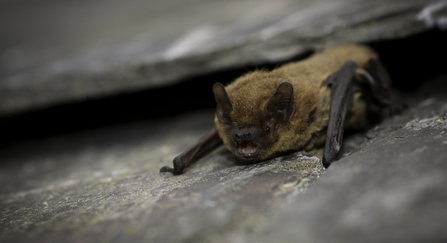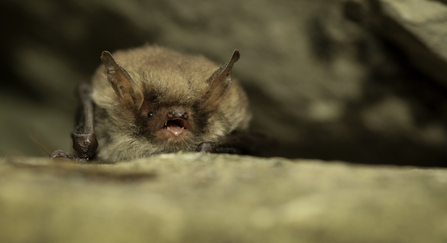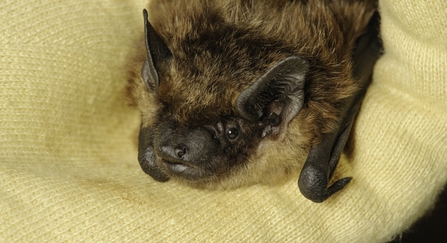If the 28th of August [updated date for 2021] isn’t already in your calendar, then it’s time to add a new yearly event as it’s a chance to celebrate and connect with bats and bat enthusiasts all over the world. People have gotten together on the last weekend of August since 1997 and if this is the first-time bats have ever been on your radar then you’re in for a treat. International Bat Weekend coincides with the peak of mating season for many of the 17 species of bats found in the UK which resulted in breath-taking swarms breathing life into dusk and dawn skies.
You might think the best way to take in this display would be to buy a bat detector, find a cave or some woodlands and try to tune into their mating call frequencies. If you have the time and money to do so, that’s great! But living in London means that there is so much nature right on our doorstep the only equipment you need is yourself, some transportation (your feet should do) and maybe a windbreaker to dampen the mild Autumn chill in the air whilst you head over to your local pond, canal or river. Bats need to stay hydrated just like us, so staking out a water body is the perfect place to spot a wide range of species.




